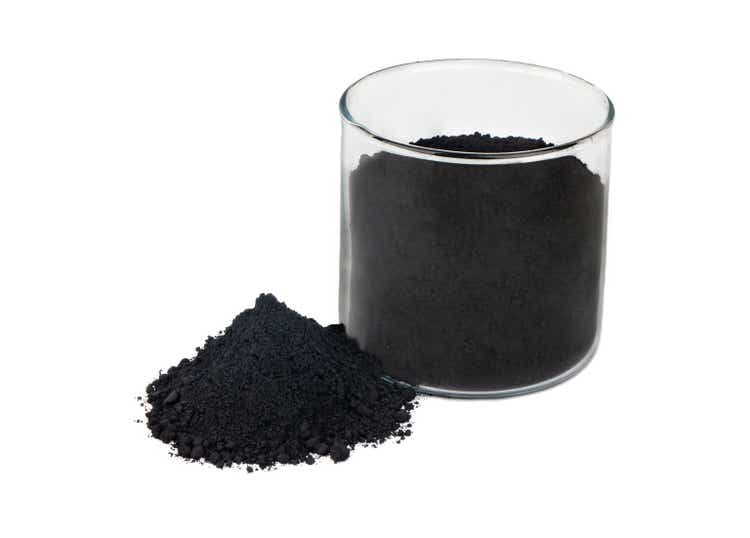Topline
President Donald Trump will raise the tariff rate against India over the country’s purchases of Russian oil, following up on a previous threat he made in July as India has indicated it will continue purchasing discounted oil from Russia.
Trump announced the tariff hike Monday. (Photo by Alex Wong/Getty Images)
Getty Images
Key Facts
Trump said he will raise India’s 25% tariff rate “substantially,” accusing Indian officials of not caring about “how many people in Ukraine are being killed by the Russian War Machine.”
It is unclear what India’s new tariff rate will be, though Trump threatened in July to place 100% tariffs on countries doing oil business with Moscow unless it inks a peace treaty with Ukraine.
India is Russia’s largest buyer of seaborne crude oil, according to Reuters, which noted India’s main refiners paused their purchases of Russian oil last week following Trump’s tariff threats—but India has stopped short of completely pulling away from Russia as it maintains long-term contracts with the country.
India’s energy minister Hardeep Singh Puri told CNBC in July the buying of Russian oil helped level out global prices, saying India was advised by the U.S. to continue purchasing the oil, “but within the price cap.”
Get Forbes Breaking News Text Alerts: We’re launching text message alerts so you'll always know the biggest stories shaping the day’s headlines. Text “Alerts” to (201) 335-0739 or sign up here.
What Is The Appeal Of Russian Oil For India?
Russia began offering discounted oil prices after it was hit by western sanctions in 2022 for its invasion of Ukraine. Specifically, the European Union set a price cap of $60 per barrel on Russia, making it cheaper than Brent Crude, a major oil benchmark trading at $68.84 as a futures contract as of Monday afternoon. Russia’s pricing allows India to take the discounted oil and refine some for domestic production while exporting and profiting from the remaining oil sold to other countries. The discounted prices help India maintain energy costs as energy demand in the country has “grown rapidly,” according to the International Energy Agency. India does not appear likely to budge on its business with Russia, with India’s foreign ministry spokesperson, Randhir Jaiswal, recently telling The Guardian there is a “steady and time-tested partnership” between India and Russia.
What Alternatives Does India Have For Oil Purchases?
In the event India cuts ties with Russia on oil, it could boost imports from countries like Iraq and Saudi Arabia, which were its biggest suppliers before it began making purchases from Russia. Saudi Arabia and Russia have dueled with competitive oil prices and production rates that have threatened to strain Russia’s war economy.
Big Number
70%. That is the share of Russian crude exported to India last year, according to the International Energy Agency.
Key Background
Trump has grown increasingly frustrated with Russia’s approach to Ukraine, and in turn India’s purchases of oil from Russia, saying in a Truth Social post last week, “I don’t care what India does with Russia. They can take their dead economies down together, for all I care.” Trump’s 25% tariff rate against India came as the president blasted it for “the most strenuous and obnoxious non-monetary Trade Barriers of any Country,” threatening an additional “penalty” on the country for its business with Russia unless a peace agreement in the Russia-Ukraine war was reached. Trump has pressed Russian President Vladimir Putin to agree to a ceasefire by Aug. 8. If a deal is not reached, Trump could follow up on threats to place 100% “secondary” tariffs on Russia, impacting its trade partners in China and India and tacking on to a swath of western sanctions.
Further Reading
Trump Lashes Out At India And Russia’s ‘Dead Economies’ And Responds To Medvedev’s War Threat (Forbes)
Trump Says He Won’t Extend Tariff Pause Past Aug. 1—Sets 25% Rate For India (Forbes)
.png)









 English (US) ·
English (US) ·